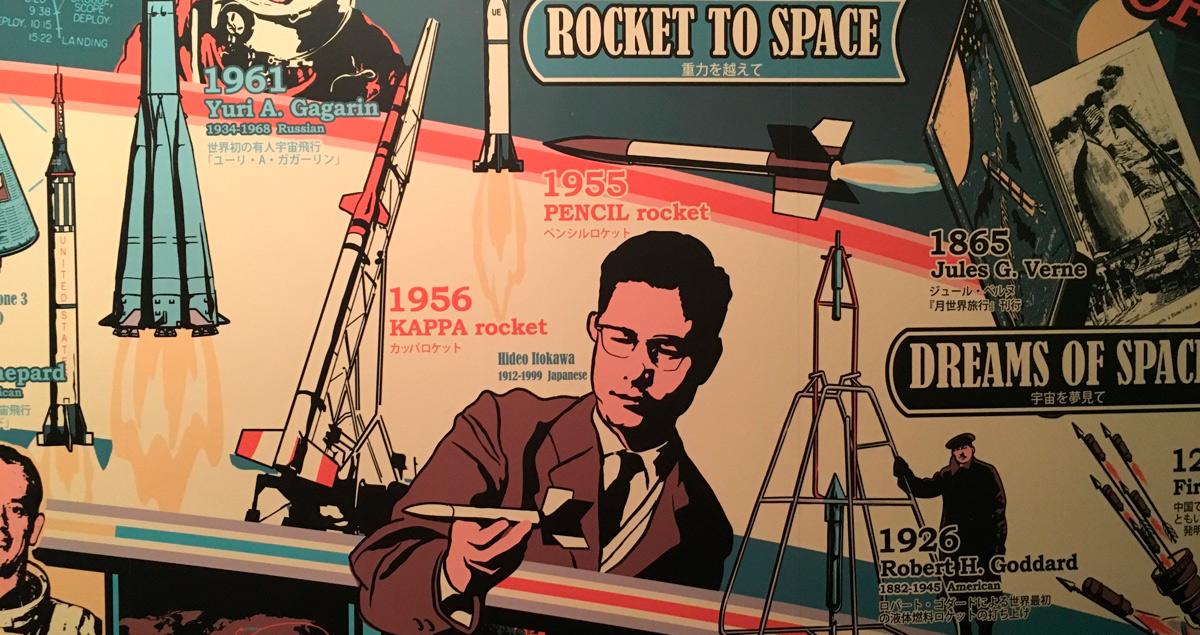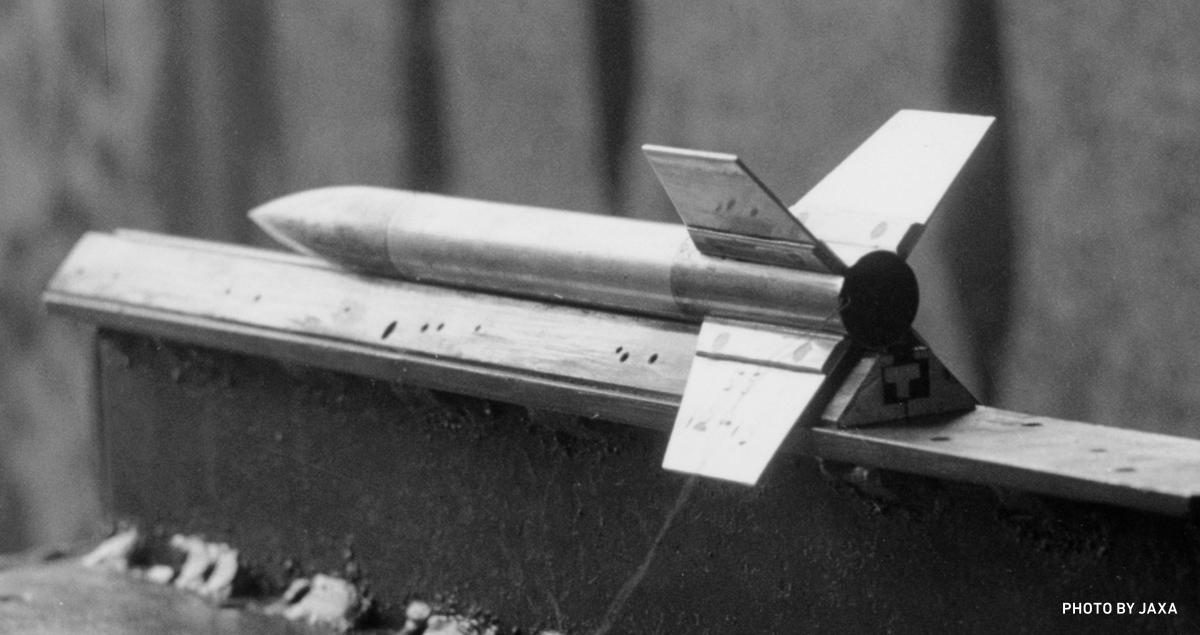Meet Dr. Rocket

Index
The next time an H-IIB rocket launches from the island of Tanegashima in southern Japan, it will carry a cargo craft bound for the International Space Station (ISS). The H-II Transfer Vehicle, or HTV, weighs 10,500 kilograms (11.6 tons) and can carry about 6,000 kilograms (6.6 tons) worth of supplies for the astronauts aboard the ISS. This massive, cutting-edge spaceship plays an important role in the life of the orbiting station, but its development can be traced back to one man and one little object.
Hideo Itokawa planted the seeds of Japan’s space development with what many fondly referred to as a “pencil.” The engineering professor from the University of Tokyo’s Institute of Industrial Science had big dreams. Japan’s aerospace industry had been dismantled under the postwar U.S. occupation, but in the early 1950s, Itokawa wrote a newspaper article asking readers to imagine flying from Japan to the U.S. West Coast in only 20 minutes. The vehicle that would get them there? A rocket.

The Pencil Takes Flight
Hideo Itokawa was born in Tokyo in 1913. His visions for transoceanic flight can be traced back to when he was in middle school and heard the news about Charles Lindbergh’s solo flight across the Atlantic in 1927, a feat that inspired him to want to build planes. After graduation, Itokawa joined the Nakajima Aircraft Company, and made a name for himself when he designed the Nakajima Ki-43 Hayabusa tactical fighter jet, which was renowned and highly feared for its unmatched maneuverability in combat.
After the war, Itokawa set about trying to realize his dream while working at the University of Tokyo. At the request of government officials, he also had a practical mission: to build a rocket that could soar to an altitude of 100 kilometers (62 miles) by 1958 as part of the International Geophysical Year (IGY), a 17-month-long period of scientific collaboration among more than 60 countries. Working with limited funds as well as colleagues from the newly formed Avionics and Supersonic Aerodynamics group, Itokawa came up with a decidedly modest design for a miniature rocket that looked a bit like an oversized throwing dart. Only 23 centimeters (9 inches) tall, 1.8 centimeters (2/3 of an inch) in diameter and weighing 190 grams (6.7 ounces), the “Pencil Rocket” was actually the world’s smallest rocket at the time, but it was successfully tested at Kokubunji, Tokyo, in April 1955. The Pencil flew horizontally instead of vertically and was Japan’s first-ever solid fuel rocket.
“This small rocket was the first step of Japanese space development,” said Shinji Suzuki, a professor of aeronautics at the University of Tokyo who believes that Itokawa’s polymath personality, which included a passion for music and poetry, enabled him to succeed. “Aside from being an excellent engineer, Itokawa was interested in many things. He was a cellist, a ballet dancer and a violinist. His doctoral thesis was an analysis of violin design. I think that this wide range of his talents and his challenging spirit were the secret of his achievements. This is why Hideo Itokawa is the father of Japanese space development,” Suzuki said. Hideo Itokawa would also come to be known as Dr. Rocket.





